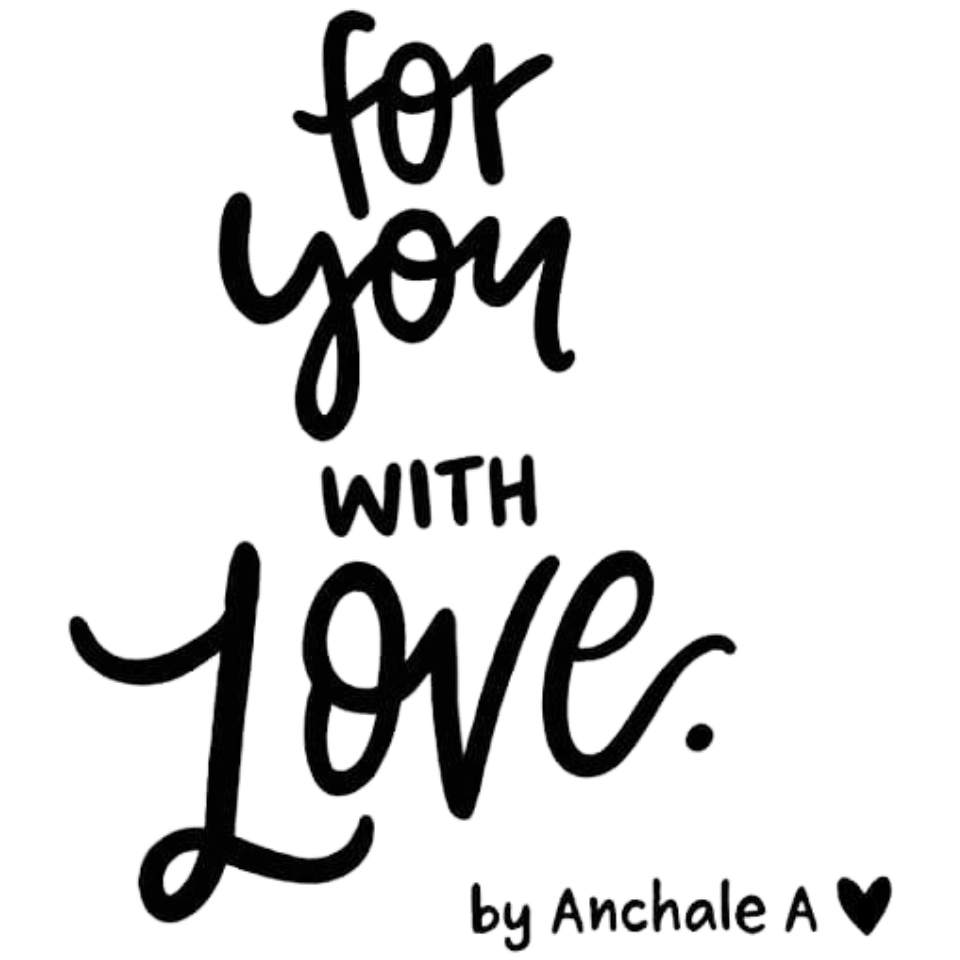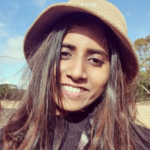
For years, I measured success in petri dishes and peer-reviewed journals. As a microbiologist, I thrived on precision—tracking cell divisions, calibrating experiments, and chasing the elusive “right answer.” But beneath the lab coat, I craved a language beyond data. A language that could capture the wild, untamed beauty of a cockatoo’s feathers or the quiet resilience of a lotus pushing through mud.
Science taught me to see patterns: the spiral of DNA, the symmetry of cells, the rhythm of ecosystems. When I finally picked up a pen instead of a pipette, I realized art wasn’t a departure—it was an expansion. My doodles became microscopic explorations of a different kind. The wolf’s fur in Manjal mirrors protein fibrils under a lens; the spirals in my chakra series echo Fibonacci sequences found in seashells.
Leaving academia wasn’t easy. Sri Lankan families (rightfully!) value “stable” careers. But art taught me a radical truth: creativity is science. Both demand curiosity, patience, and the courage to ask, “What if?”
My Sri Lankan roots now infuse every piece. The henna-like patterns in Sacred Lotus pay homage to Jaffna’s temple art; the bold lines of my Sydney Opera House doodle reflect the same structural awe I once reserved for cell membranes.
To those clinging to a life that no longer fits: reinvention isn’t failure. It’s evolution. At 40, I traded microscopes for watercolors—and found freedom in the messiness of creation.
Call to Action:
Curious how science inspires art? Explore my collections, where biology meets beauty in every stroke.

